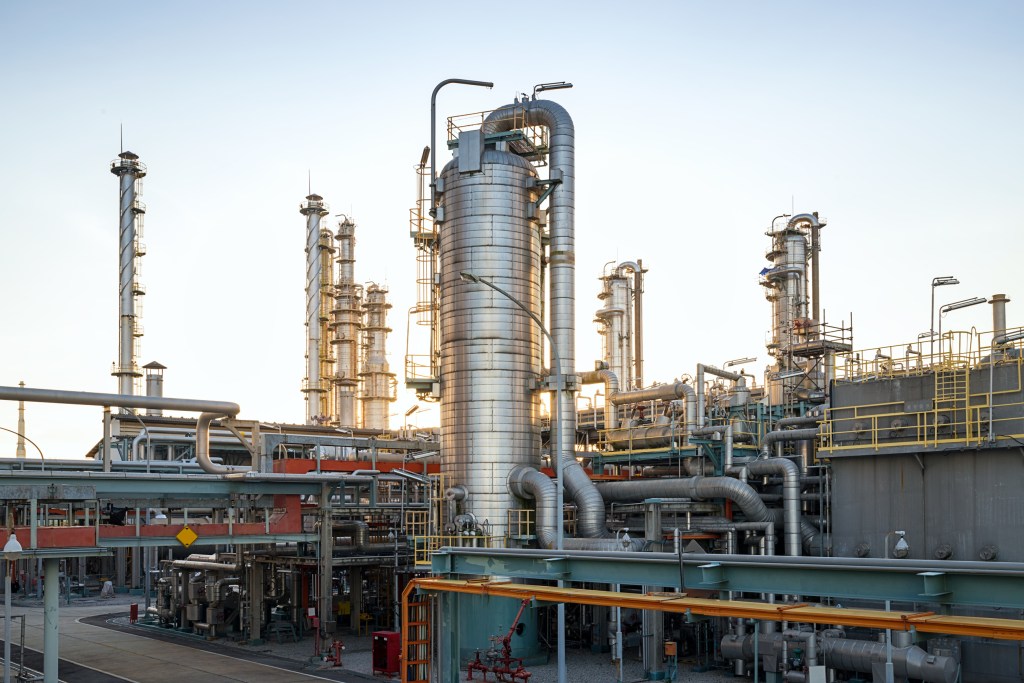Optimize your plant
with optimal PID control and Advanced Process Control
What are Process Control Solutions? Optimizing plant operations
Base layer controls, containing mainly PID controllers, form the backbone of automatic control systems in refineries, (petro)chemical installations, power plants and other processes. Optimizing plant operations starts with optimizing the base layer controls. Designing the optimal control structures and tuning them after implementation are the most important phases.
A possible next step after optimizing the base layer controllers is the implementation of an APC system. This system will push the unit to the optimal operating points, whereby e.g. throughput is maximized, energy consumption is minimized, product quality is more consistent or a combination of these targets.
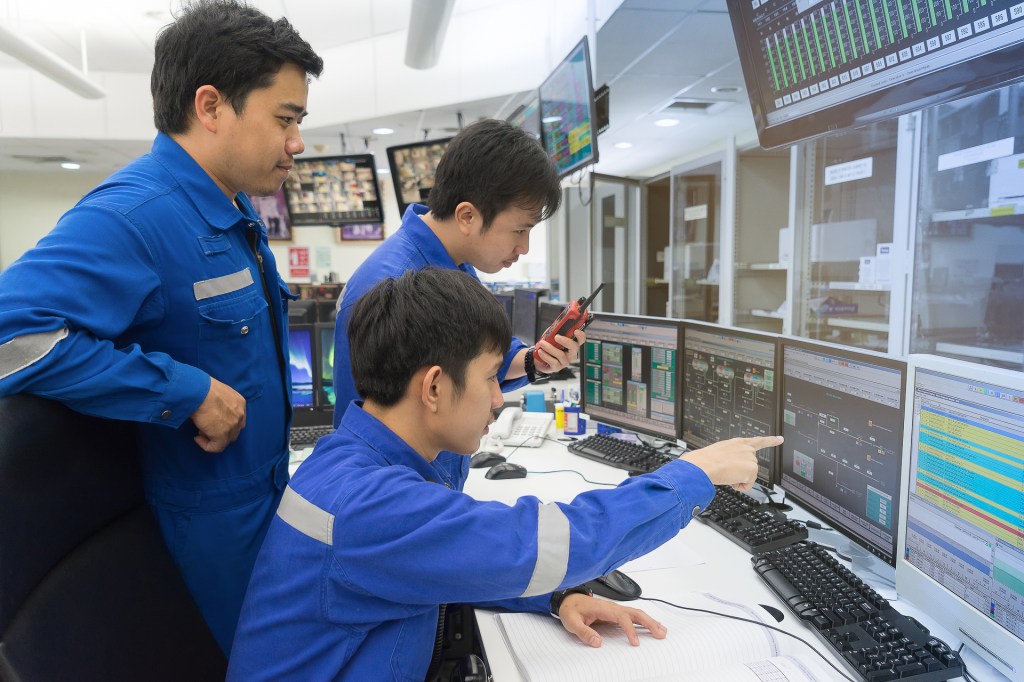
Our Services and Tools
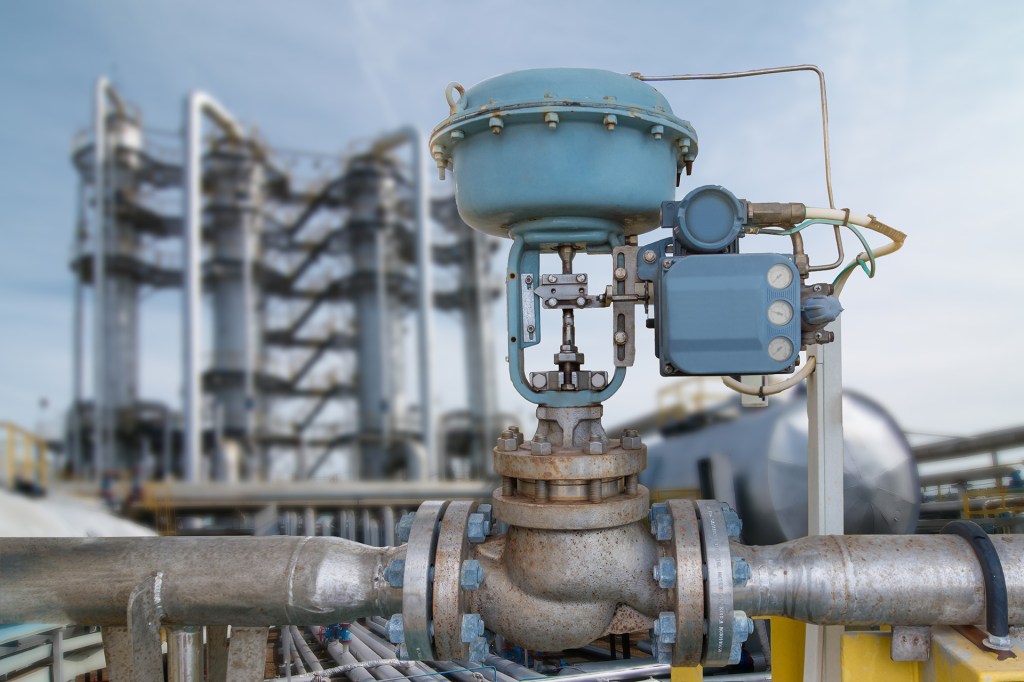
PID Control & Tuning
Optimal base layer control starts with a good control design. Then tune all the PID loops such that every single loop in your plant is in auto mode and keeps all your process parameters at the desired setpoint 24/7.
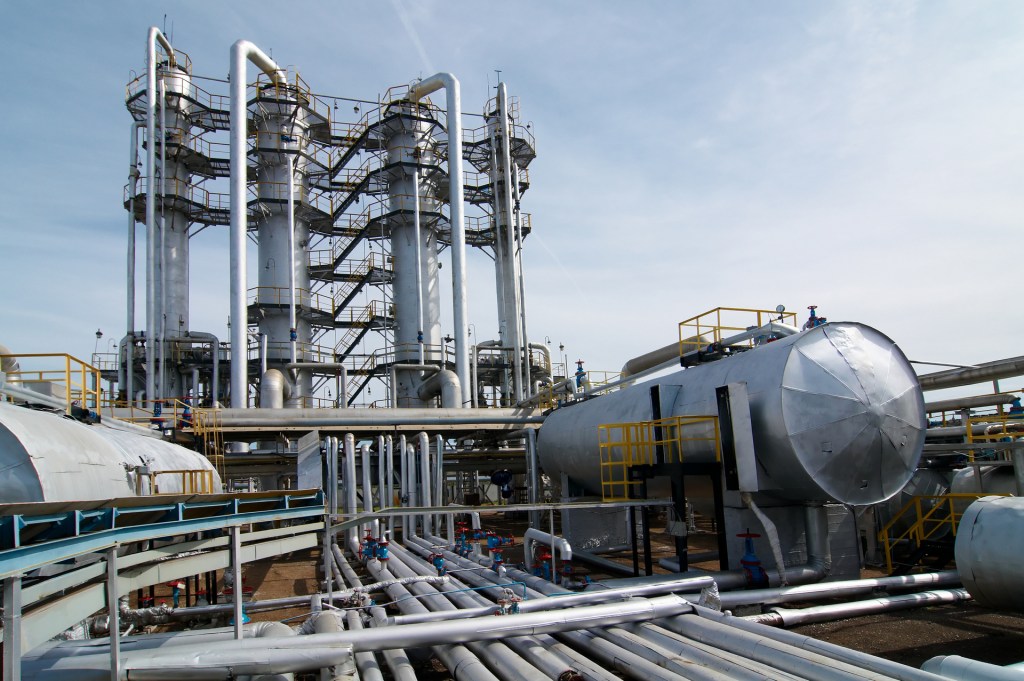
Advanced Process Control
APC systems maintain your operation at the optimal operating point. APC improves product yield, maximizes throughput, increases your plant’s efficiency under varying feedstock quality and operating conditions.
Soft Sensing
Models based on historical data convert measurements such as temperature, pressure and flow rate to predict variations in production qualities. Softsensor output are used in control to optimize production.

Process Control Training
Orise’s PID tuning training course will teach you how to efficiently tune your PID controllers “first time right”. Learn to optimize your PID controllers from the experts with real field experience.

Process Optimization Tools
Build by process control engineers for engineers in the industry. Our Process Optimization Tools have all you need to tune ALL your loops. We have everything you need to build a complete MPC system and maintain it for many years.
Real-Time Optimization
Real-time optimization creates benefits on top of an advanced process control application, by capturing the non-linearities of the process and determining the most optimal operating point, in closed loop.
End-to-End Value
1
1-3%
Throughput increase
2
1-6%
Reduction in (specific) energy consumption
3
2-9 months
Typical payback time for an APC implementation
4
2-10%
Reduction of CO2 and NOx emissions
Rolf Deneckere, Process Engineer at LANXESS
“When we needed an upgrade of the installation of our APC system, we began with the optimization of the PID control loops that linked to the future APC system.”
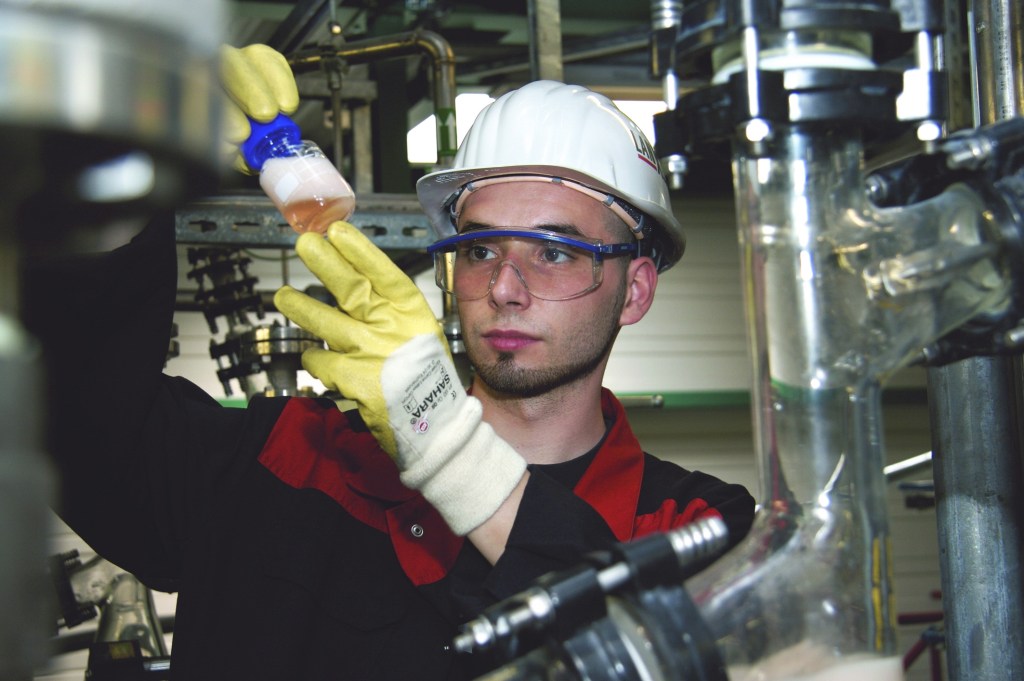
Stabilize and Optimize Plant Operations
Reduce process disturbances
Correctly tuned PID controllers and APC systems minimize the effects of disturbances. This allows you to keep the plant operating at or near the optimal operating point under all conditions.
Reduce wear and tear
Optimal controls prevent process oscillations, resulting in less thermal and mechanical stress on the equipment. This has a major positive impact on production run lengths.
Increase product quality
Reduce variations in product quality by automatically measuring and adjusting key process parameters to maintain the optimal quality at all times.
Increase plant efficiency
Avoid the over-consumption of cooling water, electricity, steam, air and feedstock. Make more with less!
Increase plant profitability
Optimal controls help you to increase the revenue and reduce the costs, while maintaining the product quality and the process safety. You win on all fronts.
Less operator interventions
Good base layer controls guarantee less alarms and less unnecessary operator interventions. APC brings you closer to handsfree operations.


